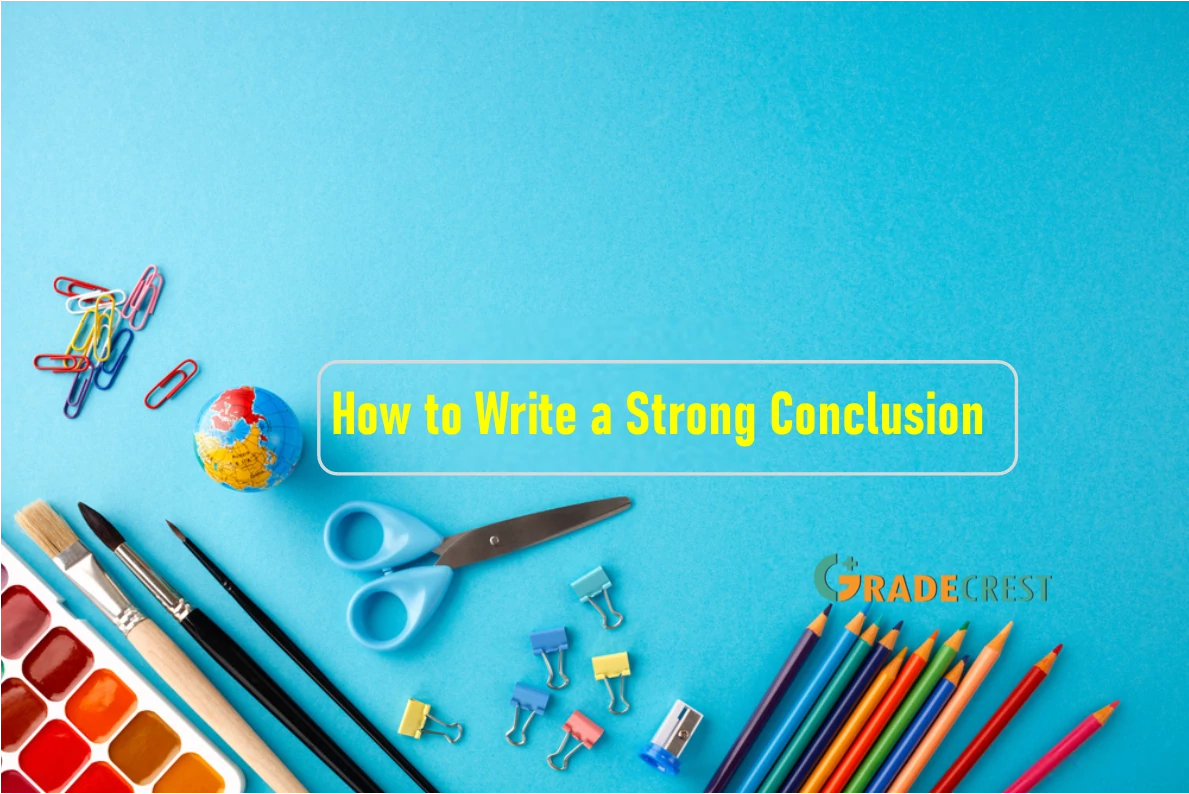The Strategic Apex: Architecting a Conclusion of Consequence
In the architecture of any substantive written work, the conclusion serves as the capstone—a final, decisive element that secures the entire structure and defines its ultimate impression. Far from being a mere afterthought or a redundant summary, a powerful conclusion is a sophisticated rhetorical tool that provides intellectual closure, reinforces the significance of the work, and propels the reader’s thinking forward. [1][2] It is the writer’s last opportunity to transform a well-argued paper into a memorable and impactful one, ensuring the reader departs not just informed, but genuinely persuaded and intellectually satisfied. [1][3] The psychological need for closure makes the conclusion a critical moment; it can either solidify the writer’s credibility and leave a lasting positive emotional impact or unravel the preceding effort by appearing weak, repetitive, or abrupt. [4] In both academic and business contexts, this final section is where the true value and implications of the presented information are crystallized, guiding decision-makers or shaping scholarly discourse. [4][5]
The primary function of a masterful conclusion extends far beyond simple summary; its core purpose is synthesis. [6][7] While a summary merely restates key points, a synthesis weaves these points together to create a new, more profound understanding. [6][8] It demonstrates to the reader how the individual arguments and pieces of evidence presented in the body of the work interconnect to form a cohesive and compelling whole. [7] This process involves moving from the specific back to the general, in an inverse structure to that of the introduction. [9] It begins by strategically restating the thesis, not verbatim, but in a fresh, more confident language that reflects the intellectual journey of the paper. [3][10] For instance, in a business report analyzing declining sales, the conclusion wouldn’t just list the contributing factors again; it would synthesize them to present a holistic diagnosis, such as, “The confluence of shifting market demographics, intensified online competition, and a reduction in marketing spend has created a perfect storm, leading to the observed quarterly downturn.” This act of synthesis demonstrates that the purpose of the report has been achieved, providing the reader with a clear and consolidated verdict on the issue. [5][11]
To elevate a conclusion from competent to compelling, writers can employ advanced rhetorical strategies that create a lasting impression. One of the most effective techniques is to directly answer the “So what?” question. [7][12] This involves explicitly articulating the broader implications and significance of the findings. [7][12] Why does this argument matter beyond the confines of the paper? [13] For example, a historical analysis of a specific political decision might conclude by reflecting on how that event continues to shape contemporary international relations, thereby giving the reader a tangible takeaway. [1] Another powerful strategy is to create a “full-circle” effect by returning to a theme, anecdote, or image introduced at the beginning of the paper. [7][14] This creates a satisfying sense of narrative symmetry and closure. Furthermore, a conclusion can effectively deploy a targeted call to action, especially in persuasive or business writing, by recommending specific next steps or policy changes based on the evidence presented. [3][15] Ending with a provocative, insightful question or a powerful, relevant quotation can also be highly effective, stimulating further thought and ensuring the essay resonates long after it has been read. [14][16]
Despite its importance, the conclusion is fraught with potential pitfalls that can undermine an otherwise strong piece of writing. The most common error is introducing entirely new information or arguments, which confuses the reader and suggests poor organization. [10][17] The conclusion’s role is to consolidate, not to expand the argument with fresh evidence. Another frequent mistake is to begin with clichéd, mechanical phrases like “In conclusion” or “In summary,” which are redundant in written work and weaken the writer’s voice. [10][12] Equally damaging is the tendency to adopt an apologetic or uncertain tone, using phrases like “I’m not an expert, but…” which erodes the authority established throughout the paper. [10] Writers must also avoid simply repeating the thesis and main points verbatim; this comes across as repetitive and fails to provide the crucial element of synthesis. [10][18] A truly effective conclusion must be confident, concise, and focused, distilling the essence of the argument and leaving the reader with a clear, powerful, and enduring final thought. [10][19]



